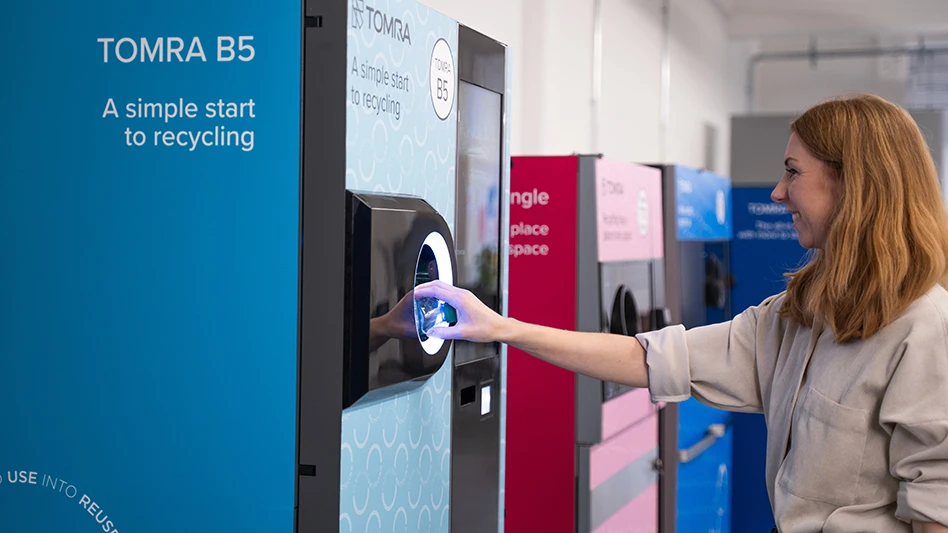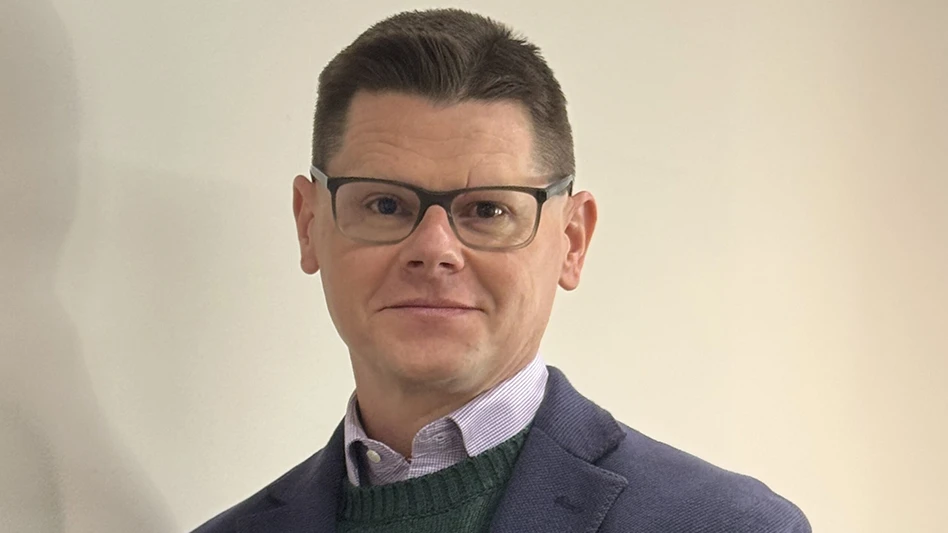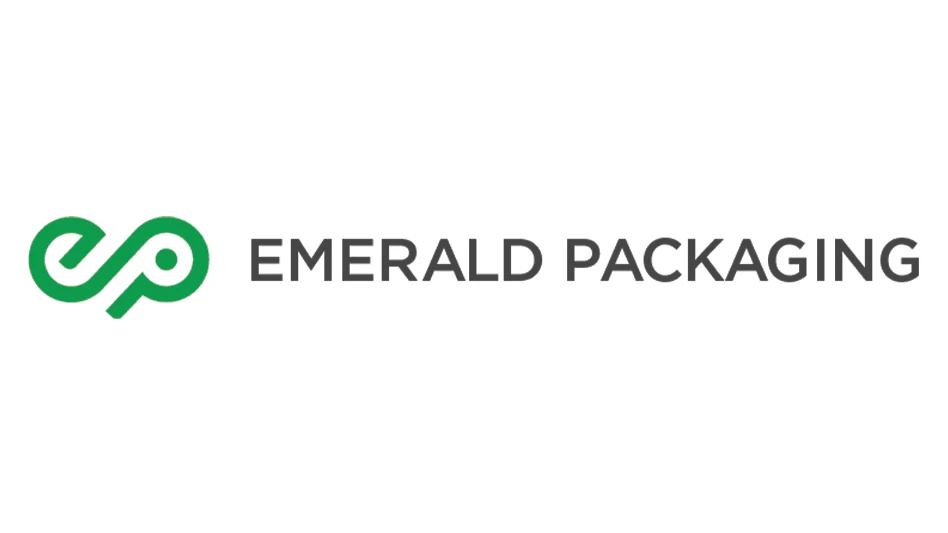 The world is at war over natural resources. In the past three decades, one-third of the planet’s natural resources base has been consumed, as cited in Natural Capitalism (1991) by Paul Hawken, Amory Lovins and L. Hunter Lovins. This is not just an issue for environmentalists but a global problem that calls us to take action.
The world is at war over natural resources. In the past three decades, one-third of the planet’s natural resources base has been consumed, as cited in Natural Capitalism (1991) by Paul Hawken, Amory Lovins and L. Hunter Lovins. This is not just an issue for environmentalists but a global problem that calls us to take action.
After completing a month of my internship at the Seoul City Hall Resource and Recirculation Management Division in South Korea, I had quite an eye-opening experience. I visited recycling facilities, resource recovery centers, incineration facilities and resource centers to observe and record how Seoul is managing to recycle about two-thirds of its residential waste.
For comparison purposes, the United States’ percentage of waste recycled, as noted by the U.S. Environmental Protection Agency’s “Municipal Wastes in the United States: 2009 Facts and Figures,” is about one-third. In addition, about half of the 132 million tons of waste generated per year in the U.S. ends up in landfills, and most of that material is recyclable.
A Volume-Based Approach
Along with economic growth, waste generation increased significantly in South Korea in the 1980s to 2000s. Because of its high population density and a lack of available landfills, South Korea introduced a volume-based fee system in 1995. It imposes a charge for waste to the general population based on the “producer pays” principle.
Volume-based waste bags are purchased at grocery stores for the price of the waste treatment cost. These special biodegradable plastic bags are sold at prices ranging from 10-litre bags (sold for 310 won or for 27 cents in U.S. dollars) to 100-litre bags (sold for 3,060 won or US$2.69). Under this new system, Seoul residents are required to separate recyclables from unrecyclable waste. This foundational system encourages residents to decrease unrecyclable waste with economic incentives.
In 1985, South Korea’s national average waste generated per person per day was 4.85 pounds. By 1995, after the implementation of the volume-based fee system, it had decreased to 4.43 pounds. This average has consistently decreased to 2.11 pounds in 2010. In 2010, Seoul recycled 66% of its residential waste, put 14% into landfills and incinerated 20%, as reported by Environment of Ministry and Korea Environment Corp.’s “2011 Report of South Korea Waste Generation and Disposal.”
Seoul’s City Hall manages the volume-based fee system. The city uses a trash hauler to collect the volume-based waste bags from neighborhoods and to transport them to resource recovery facilities. The city does not profit from or manage the recyclable waste. There is a fine for improperly disposing of unrecyclable waste and food waste. Neighborhoods have different methods of enforcement, such as installing security cameras, to ensure residents follow the correct procedure. However, there is no fine for putting recyclable items into the wrong recycling bins.
Because of its high population density, Seoul is mostly made up of tall apartment buildings instead of single-family houses. In apartment complexes, the management designates a place with several bins. Most apartments have different bins or boxes for glass, vinyl, plastic, paper/cardboard/cartons, cans, scrap metal, Styrofoam and plastic bags. Apartment managers designate a recycling company to sell their recyclables. Depending on the recycling company, the categories of recyclables differ by apartment complex. Recyclers pay apartment managements accordingly based on how much recyclable material is generated. Recyclables are collected once per week on a designated day.
Residents of single-family homes separate unrecyclable waste from recyclables in their homes. They drop off their volume-based waste bags at a designated place in their neighborhoods and take their recyclables to a nearby recycling center and separate them according to material.
All products made in South Korea, if they are recyclable, have a special recycling mark identifying the type of material. These materials range from glass to different types of plastic. This facilitates the recycling process for residents by making recyclables easily identifiable.
Recycling and Incineration
In South Korea, food waste is separated from unrecyclable waste. Currently, apartment residents only purchase the special plastic bags for the unrecyclable waste and dump their food waste in designated bins. In addition to the volume-based fee system, Seoul is planning to have all residences be accountable for the food waste they generate starting in January of 2013. Everyone will have to purchase a special plastic bag for food waste which is designed to help decrease the amount generated. This system is currently taking place in single-family homes. Food waste is collected separately so that it can be made into such things as animal feed or fertilizer.
 Incineration facilities in Seoul provide so much more than the task of burning waste. Also called resource recovery facilities, they have developed advanced technologies designed to reduce negative environmental impacts to the surrounding areas. As a matter of fact, they provide energy and heat for nearby residences and companies.
Incineration facilities in Seoul provide so much more than the task of burning waste. Also called resource recovery facilities, they have developed advanced technologies designed to reduce negative environmental impacts to the surrounding areas. As a matter of fact, they provide energy and heat for nearby residences and companies.
Nowon Resource Recovery Facility in Seoul is an incineration facility that uses solar power. It takes in all the unrecyclable waste from six out of 25 districts in Seoul. Emissions from the incineration process go trough electric precipitation, a wet scrubber, a bag filter, a SCR (selective catalytic reaction) reactor, a chimney and a DMS (dioxin monitoring system). After the waste is incinerated, it amounts to about one-tenth of the original amount. The ashes that are buried in a landfill take far less time to decompose compared with regular buried waste.
In Seoul, recyclers separate and compress recyclables according to type and sell them for new material manufacturing. Eco Green is a resource recycling social enterprise in Gyeonggi province, which encompasses Suwon, Seoul and Incheon. It was founded on the idea of zero waste, or that all waste is capable of being recycled in one condition: It must be gathered. One Eco Green facility includes a factory where workers separate recyclable materials. Different types of plastics are hand separated and then compressed.
The compressed blocks of plastic are sold to companies and factories depending on the material. PET (polyethylene terephthalate) is made into polyester fabric; the PS (polystyrene) is used for construction materials; and PP (polypropylene) is used for pipes or other plastic items, such as toys. The electronic materials are disassembled by hand. The chips that are inside computers and cell phones have value because of the gold, copper and aluminium in the devices.
The unrecyclable trash that remains is sent to incineration facilities which use it to produce heat and energy.
When it comes to household appliances, currently Seoul has a system where residents must drop off electronic home appliances and big household items to a designated center for proper disposal. The city is currently working on a system in which residents can request collection of large household items at no cost by phone or online.
Resource centers in South Korea recycle these large household items, which are taken apart both manually and by machine. After separation, these devices are reduced into 2 inch pieces. The materials include aluminum, copper, plastic, steel, glass. These materials are sold back to manufacturers for reuse.
Seoul runs frequent used cell phone collection campaigns. One cell phone contains about 0.04 grams of gold, 0.2 grams of silver, 0.03 grams of palladium, 14 grams of copper and 27.4 grams of cobalt. One ton of cell phones can potentially produce about 400 grams of gold, making these campaigns economically and environmentally beneficial.
Beyond borders
South Korea is currently recycling 100% of all recyclable items including paper, glass bottles, cans, wastepaper and plastic, as reported by the Environment of Ministry and Korea Environment Corp.’s “2011 Report of South Korea Waste Generation and Disposal.” This is largely because of its volume-based disposal fee system.
However, to start making practical changes in other nations, the support and interest of local governments is crucial. A report from Scotland and Northern Ireland Forum for Environmental Research (SNIFER) has shown “The main driver behind the development of household waste systems appears to have been the introduction of new waste legislation (either at a national or local level) that has required a reduction in household waste arisings or a reduction in the waste disposed of in landfill.”
Other localities can respond to the global natural resources crisis at hand in various ways, such as ensuring that all residences have recycling containers, reducing the size of regular waste bins and considering the possibility of imposing a fee based on how much waste a household generates.
Grace Lee of Cypress, Calif., recently completed an internship in South Korea with the Resource Recirculation Management Division under the Climate Change and Environment Bureau of Seoul City Hall. She may be reached at gracehaeun930@gmail.com.
Latest from Recycling Today
- ReMA urges open intra-North American scrap trade
- Axium awarded by regional organization
- China to introduce steel export quotas
- Thyssenkrupp idles capacity in Europe
- Phoenix Technologies closes Ohio rPET facility
- EPA selects 2 governments in Pennsylvania to receive recycling, waste grants
- NWRA Florida Chapter announces 2025 Legislative Champion Awards
- Goldman Sachs Research: Copper prices to decline in 2026





